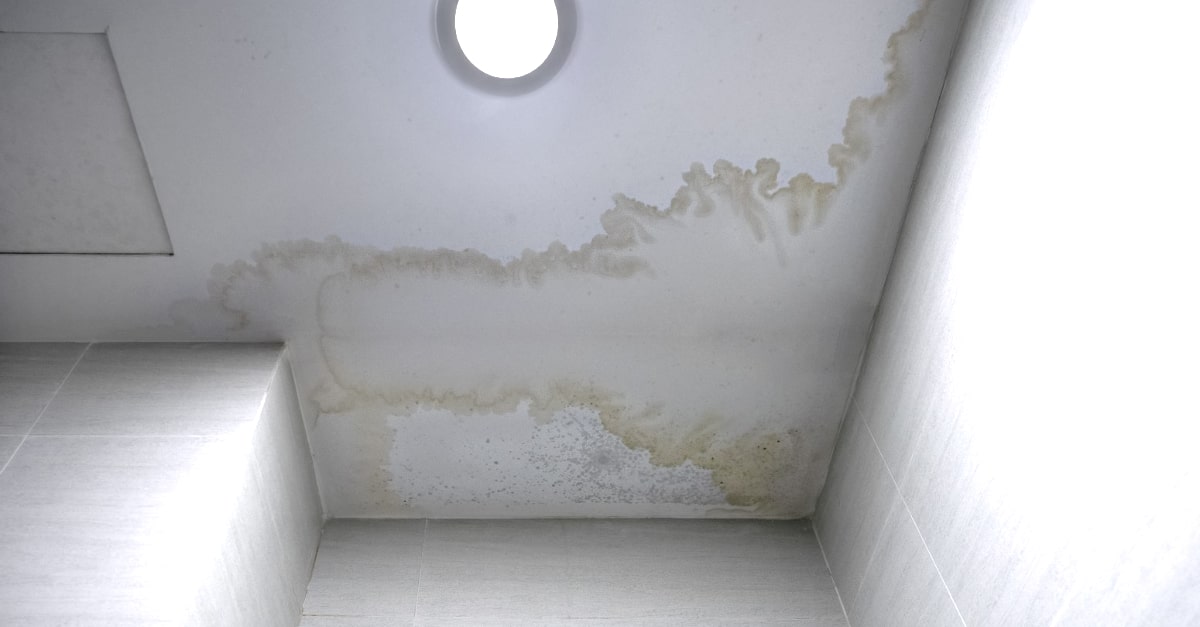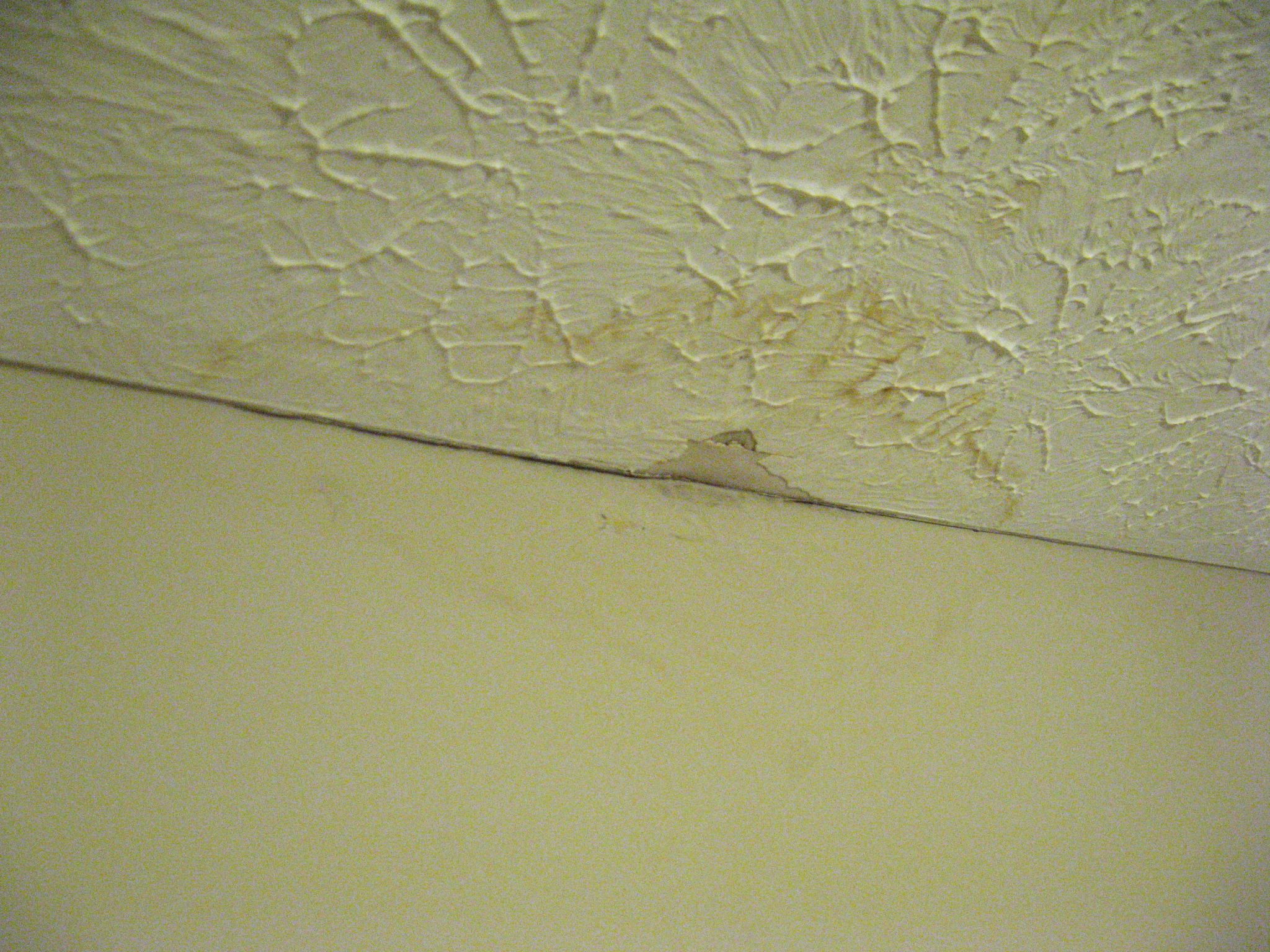Grasping the Six Most Frequent Causes of Water Leaks in Residences
Grasping the Six Most Frequent Causes of Water Leaks in Residences
Blog Article
Just how do you feel when it comes to How to detect water leaks in your home?

Leakages not only create waste of water but can additionally trigger unnecessary damages to your house and advertise unwanted organic growth. By looking and recognizing for daily circumstances that trigger leakages, you can shield your house from future leaks and also unneeded damage.
Elbowing in roots
A lot of water leaks begin outside your home instead of inside it. If you observe a sudden decrease in water pressure, claim in your tap, require time to go out and examine your lawn. You could observe damp spots or sinkholes in your yard, which may suggest that tree origins are getting into water lines creating water to permeate out. You can have your plumber look for invasion, especially if you have trees or bushes near your residential or commercial property.
Rusty water systems
As time passes by, your plumbing system ages and also corrosion such as corrosion may begin eating away the pipelines. This could be the source of staining or bending on your water pipes. This requires an examination with your plumber immediately. If our plumbing system is old, take into consideration changing the pipelines because they are at a higher threat of deterioration than the more recent versions.
Faulty Pipe Joints
The factor at which your pipes connect is frequently the weakest link in the waterline. Pipeline joints can deteriorate over time, resulting in water leaks. The bulk of pipe joints are not conveniently visible. If you have loud pipes that make ticking or banging noises, particularly when the warm water is activated, your pipeline joints are most likely under a lot of pressure. It is recommended to have your plumber evaluate your system once a year.
Immediate temperature changes.
Severe temperature level modifications in our pipelines can trigger them to broaden and contract all of a sudden. This growth and also contraction may create fractures in the pipelines, particularly if the temperature level are below freezing. It would certainly be best if you kept an eye on exactly how your plumbing functions. The presence of the previously stated scenarios frequently suggests a high risk.
Poor Water Connectors
At times, a leak can be created by loosened hoses as well as pipelines that provide your devices. In case of a water links leak, you may discover water running directly from the supply line or pools around your appliances.
Clogged Drains
Blocked drains might be aggravating and inconveniencing, yet they can sometimes end up triggering an overflow resulting in burst pipes. Keep getting rid of any kind of products that may drop your drains that could block them to avoid such troubles.
All the above are sources of leakages yet not all water leakages result from plumbing leaks; some leakages might come from roof leaks. All leakages need to be fixed quickly to prevent water damage.
Leakages not just create waste of water however can likewise trigger unneeded damages to your home and also advertise undesirable natural growth. By comprehending and looking for day-to-day situations that trigger leaks, you can protect your residence from future leaks and also unneeded damages. Today, we will certainly look at six leakage triggers that may be triggering your pipes to leak.
At times, a leakage can be triggered by loose hoses and pipes that provide your devices. In situation of a water links leak, you might see water running straight from the supply line or pools around your home appliances.
How To Check For Water Leak In Your Home
How To Check for Leaks
The average household's leaks can account for nearly 10,000 gallons of water wasted every year and ten percent of homes have leaks that waste 90 gallons or more per day. Common types of leaks found in the home are worn toilet flappers, dripping faucets, and other leaking valves. These types of leaks are often easy to fix, requiring only a few tools and hardware that can pay for themselves in water savings. Fixing easily corrected household water leaks can save homeowners about 10 percent on their water bills.
To check for leaks in your home, you first need to determine whether you're wasting water and then identify the source of the leak. Here are some tips for finding leaks:
Take a look at your water usage during a colder month, such as January or February. If a family of four exceeds 12,000 gallons per month, there are serious leaks.
Check your water meter before and after a two-hour period when no water is being used. If the meter changes at all, you probably have a leak.
Identify toilet leaks by placing a drop of food coloring in the toilet tank. If any color shows up in the bowl after 10 minutes, you have a leak. (Be sure to flush immediately after the experiment to avoid staining the tank.)
Examine faucet gaskets and pipe fittings for any water on the outside of the pipe to check for surface leaks.
Undetected water leaks can happen without the home or business owner even realizing. If you suspect a water leak, but not able to find the source. It is time to contact a professional water leak detection service, The Leak Doctor.
How To Find a Water Leak In Your Home
https://www.leakdoctor.com/blog/How-To-Check-For-Water-Leak-In-Your-Home_AE197.html

I'm certainly very focused on Top Causes of Home Water Leaks and I really hope you enjoyed reading my post. Enjoyed reading our blog posting? Please share it. Let another person find it. I treasure reading our article about Top Causes of Home Water Leaks.
Call Today Report this page